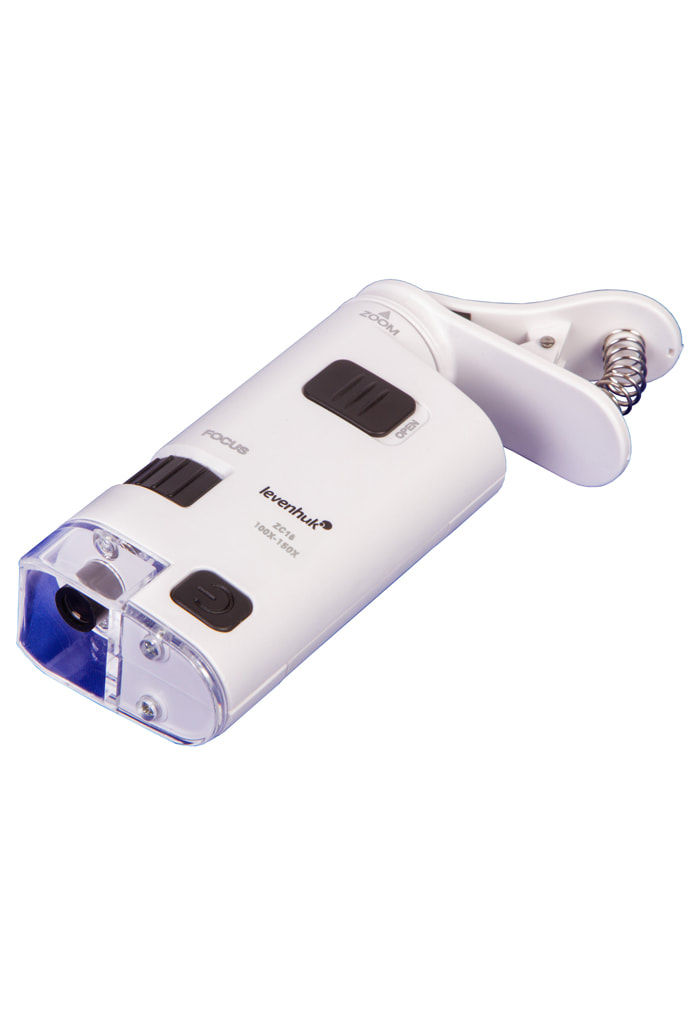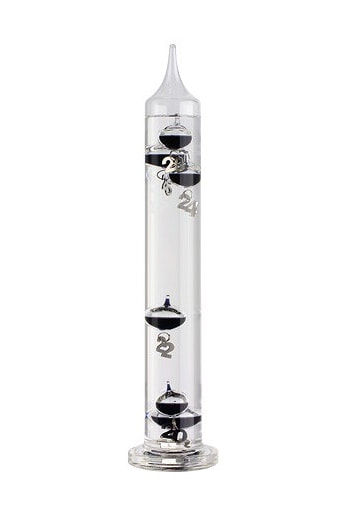NASA's solar sail successfully spreads its wings in space
- Agapios

- Sep 2, 2024
- 2 min read
Spacecraft data has confirmed successful deployment of the futuristic technology.
More than four months after launching to space, a solar-sailing spacecraft has successfully spread its wings above our planet.
NASA's Advanced Composite Solar Sail System (ACS3) caught a ride to space on April 24 on Rocket Lab's Electron vehicle and, at the end of August, NASA shared in a release that its mission operators verified the technology reached full deployment in space. On Thursday, Aug. 29 at 1:33 p.m. EDT (5:33 UTC), the team obtained data indicating the test of the sail-hoisting boom system was a success.
Just like the wind guides a sailboat on the water, it only takes a slight amount of sunlight to guide solar sails through space. Though photons don't have mass, they can force momentum when they hit an object — that's what a solar sail takes advantage of. Thankfully for us, the spacecraft that deployed the sail contains four cameras that can capture a panoramic view of both the reflective sail and the accompanying composite booms. The first of the high-resolution imagery is expected to be accessible on Wednesday, Sept. 4.
The Advanced Composite Solar Sail System spacecraft will be put to the test over the next few weeks as the team observes the sail's maneuvering ability in space. By adjusting the orbit, researchers will be able to learn more about how to design and operate future sola- sail-equipped missions.
"Flight data obtained during the demonstration will be used for designing future larger-scale composite solar sail systems for space weather early-warning satellites, asteroid and other small body reconnaissance missions, and missions to observe the polar regions of the sun," Rocket Lab shared in a previous mission description.
The location of the spacecraft in its orbit is roughly two times the altitude of the International Space Station. If you were looking at the sail from above, it would look like a square that measures nearly half the size of a tennis court at approximately 860 square feet (80 square meters).
Source: Space.com





























Comments